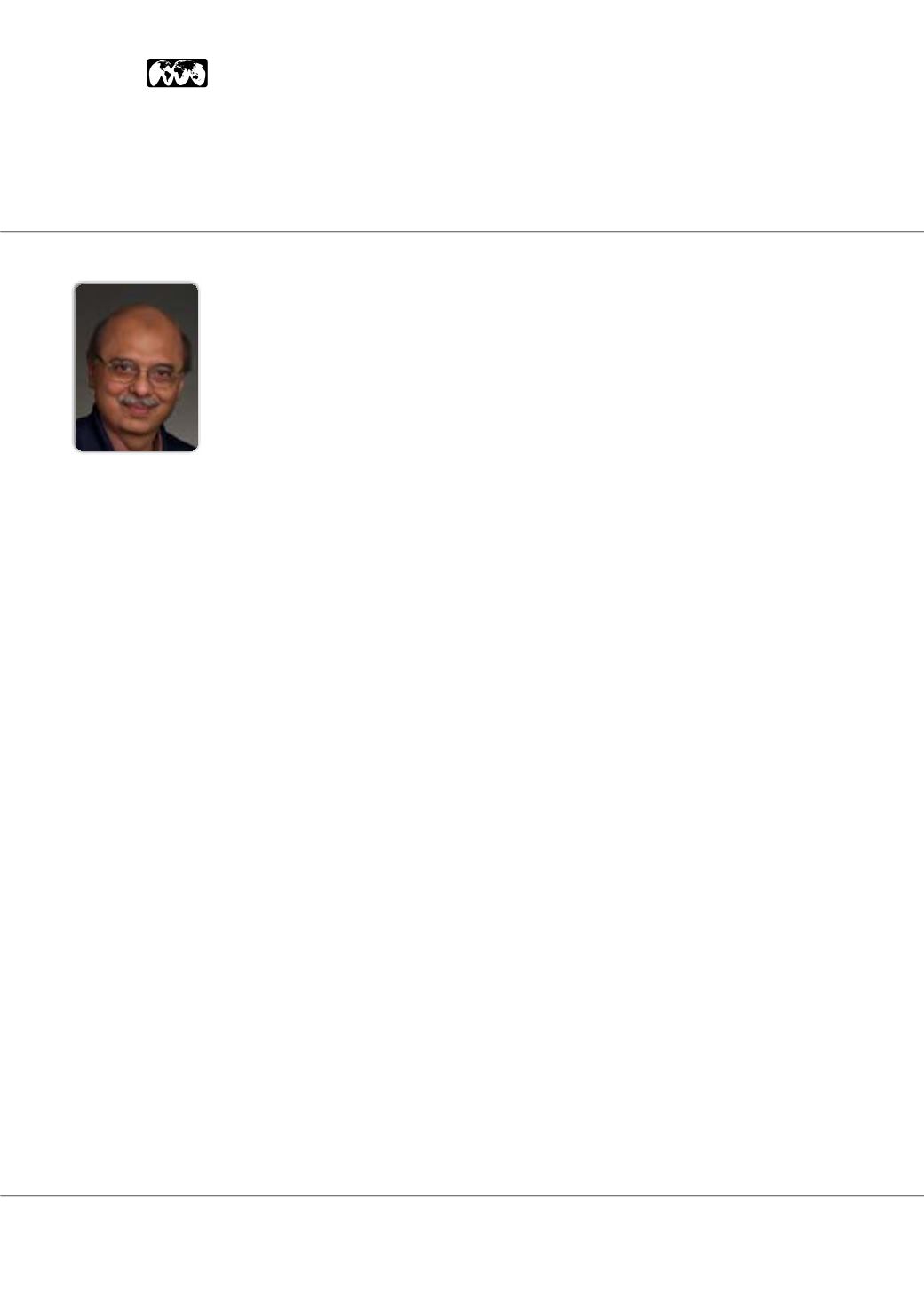

Page 16
Arch Gen Intern Med 2017 | Volume 1 Issue 3
allied
academies
International Conference on
FAMILY MEDICINE AND FAMILY PHYSICIANS
October 16-17, 2017 | Toronto, Canada
Background:
Despite a substantial reduction in child mortality
over the last decade, 5.9 million children under the age of five
died in 2015; 16, 000 every day 1. Early detection and timely
treatment of pneumonia, diarrhea, and malaria can save lives,
but the timely access to effective treatment continues to be a
challenge in resource poor settings. To broaden access to life-
saving treatment for children for the leading causes of child
mortality, integrated community case management (iCCM)
has been promoted by global agencies and adopted by the
ministry of health in many countries, including Liberia. In a Red
Cross project in Liberia before the outbreak, community health
workers (CHWs) were trained in iCCM. These CHWs improved
access to essential primary health care services, where the
health system lacked capacity to adequately deliver them.
During the Ebola outbreak in Liberia, the limited health system
experienced further disruption. The objective of this study was
to examine the value of a trained community health workforce
in ensuring continued service delivery at the community level
during the Ebola outbreak.
Methods:
A descriptive observational study design was
used, integrating mixed methods to collect data from CHWs
(structured survey, n = 60; focus group discussions, n = 16),
government health facility workers, and project staff. Monthly
data on child diarrhea and pneumonia treatment was collected
from Outpatient Department or Child Health Registers from
government health facilities in the project catchment areas for
the period of January 2013 to February 2015, and monitoring
data from CHW registers (n=92). This data was used to assess
trends in the delivery of iCCMby CHWs before, during, and after
the outbreak.
Results:
Throughout the project areas, CHWs continued to
treat child diarrhea and pneumonia before, during, and after
the Ebola outbreak, with a slight decrease from September
to October 2014 at the height of the outbreak. CHWs and
project staff outlined the government circulated a “No Touch
iCCM” policy during the outbreak. Training on this policy,
CHWs reported, provided them with guidance and confidence
to assess and treat sick children. During the outbreak, the
primary activity of CHWs was to communicate Ebola awareness
and prevention messages: 78% of CHWs surveyed conducted
house-to-house visits and 50% used community meetings to
disseminate messages. In a climate of distrust, where health
workers were reluctant to treat patients, and the sick afraid to
visit facilities, these findings affirm CHWs as a trusted source of
treatment for childhood illnesses.
Discussion:
Community-based health service delivery by CHWs
during the Ebola outbreak in Liberia helped buffer the negative
impact of the crisis. Investing in community health systems
by providing training, essential medicines and equipment to
community-based health workers can help build community
resilience. Locally trained and available health workers understand
cultural and social complexities, and are trustedby the community.
During the Ebola crisis, this trust resulted in the ability of CHWs
to quickly disseminate Ebola prevention messages, and provide
continued access to basic health services to some extent.
Salim Sohani
Director Global Health Unit (GHU), International Operations, Canada
Sustaining essential maternal, newborn, and child health (mnch)
services during the ebola outbreak: Evidence from Liberia
















